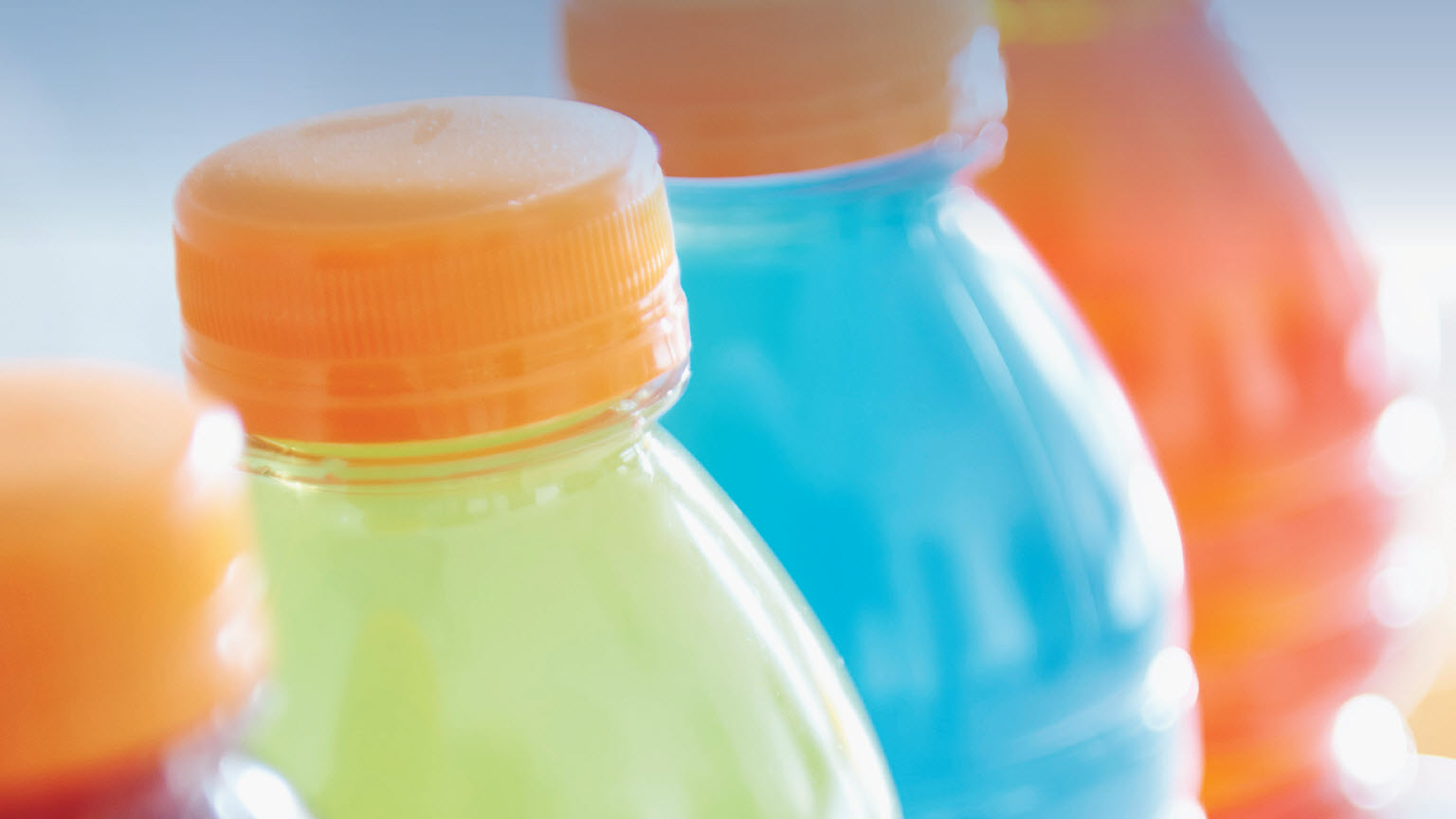Amcor Rigid Packaging
Leading container manufacturer Amcor Rigid Packaging is continually looking for ways to reduce the amount of material used in beverage containers while keeping them strong and cost-effective to produce.
The Consumer Packaged Goods (CPG) industry accounts for approximately two-thirds of international trade volumes. Although the industry faces significant sustainability challenges on multiple fronts (CO2 emissions, food waste, excess packaging), Accenture estimates that applying virtual twins to product design in CPG could reduce the industry’s raw material costs by US$131 billion; reduce product development costs by US$6 billion; and achieve a 281 metric tons (Mt) reduction in CO2-equivalent (CO2e) output.
One CPG company that is proving out these savings: Amcor Rigid Packaging, which makes packaging for thousands of CPG products, including food and beverage, healthcare, home and personal products.
Sustainable Packaging with Virtual Twins
Each year, Amcor Rigid Packaging makes an estimated 68 billion containers, preforms and closures – but its environmental impacts are decreasing as its output grows. How? In part, Amcor executives point to their ability to perfect the company’s resin-saving packaging designs virtually, without producing physical prototypes for testing.
Since 2006, Amcor’s use of virtual twins has allowed the company to engineer strong, protective plastic bottles with less plastic. In the past year alone, lightweighting launches will account for 400 metric tonnes of resin savings. To achieve this, Amcor subjects virtual twins of its new designs to varying temperatures and humidities, weight loads, drop conditions and other performance tests in the computer – proving and perfecting performance without testing a single physical bottle. This virtual prototyping ability has helped Amcor develop designs that have reduced the weight of its bottles by 35% to 50%. By reducing weight, these designs also reduce the energy required to transport Amcor’s containers.
Less is More
“Optimization is playing an ever more critical role in our development process as bottles get lighter and contain more recycled material,” says Brad Philip head of advanced engineering at Amcor Rigid Packaging. “A recent optimization study allowed for over 10,000 different design iterations to be tested. A study of that scope would have been almost impossible without the help of simulation and the virtual twin.”
By 2025, Amcor Rigid Packaging has pledged to develop all of its packaging to be recyclable, reusable or compostable and to significantly increase its use of recycled resin – only possible due to its use of virtual twin technology. Within its virtual twins, Amcor uses the unique properties of each recycled material to accurately simulate performance and predict cost. This enables the company to maintain quality despite a wide variety of raw materials.
